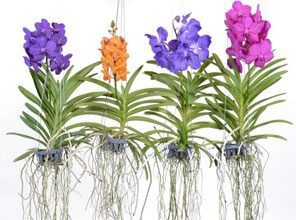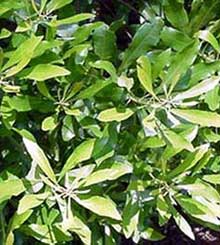
Serissa
We survived last week. Barely. And it looks like more blistering hot weather is coming.
Most of us live and work in air conditioned comfort, but our plants aren’t so lucky. Our lawns seem to survive OK, as long as they’re kept hydrated. But our leafy plants suffer terribly if they are in the sun. Leaf scald can occur in just a few hours.
And it’s not likely that affected leaves will recover.
What to do about it? Not much, really, for in ground plants, but you can move those in containers to shady spots . . . if you can lift them and if you even have shady spots. We need to prepare for the climate change that these hot days portend and change the way we think about the way we plant our gardens.
July and August in the south are already brutal, but temperatures over 100 are becoming all too common. Water rationing during summer has come to many states and even Beaufort County has voluntary water restrictions several times a year.
Now I’m not recommending that you run out and pull up all your broad leaved plants and start a xeriscape garden, but remember the rule of thumb in gardening is: the smaller the leaf, the more sun it can tolerate, and the larger the leaf, the less sun it can tolerate. So plan the placement carefully.
‘Some Like It Hot” isn’t just a great movie, it’s the title of a gardening book by P.J. Garten that every southerner should own. I loaned my copy and never got it back so I ordered a used one from Amazon and there were darned few available! Buy one before they’re gone!
Plants that don’t gasp and die in sweltering heat and won’t inflate your water bill are the Salvias. These come in every color of the rainbow and there are those that bloom in spring, summer and fall. You can actually have a successful garden of Salvias alone. They are beloved by bees, since they all have the tiny flowers they prefer. Salvias, like most plants here, benefit from a midsummer haircut and deadheading to keep them blooming robustly and from getting leggy.
Several plants are known as Dusty Miller, but I prefer the perennial kind, which are in the Artemisia family. These silver leaved plants are wonderful foils between hot colors. “Powis Castle” and “Silver Mound” are two Lowcountry favorites.
I would add daylilies to the heat lovers list, but I would make sure they are near my back door because daily deadheading in 90+ degree weather is a necessary but unpleasant chore. Like their name, their beautiful flowers last only a day and look like wet tissues the next day.
Don’t forget to look into some small leaved shrublets. Mexican Heather, an annual or perennial, depending on the harshness of winter, can take the heat, but try not to place it where it gets our relentless sun for several hours a day. The more sun, the lighter green the foliage, but it will still bloom happily from spring until frost.
Serissa, also known as The Tree of a Thousand Stars, takes the heat beautifully.
Its common name is misleading since it rarely gets more than three feet high, but
keeping it pruned to about two feet will create a much bushier plant. The Thousand Stars part is right, though, as it is literally covered with tiny white or pink flowers all season long. Another bee favorite.
Almost any prairie plant is heat tolerant and requires less water. It’s so nice to see color in the garden when so many of your favorites stop blooming until the summer heat abates. And remember to mulch, mulch, mulch.
Heat stroke is nothing to ignore. Even a small rise in temperature can increase your vulnerability to them. So lay in a goodly supply of sweet tea and enjoy your summer.








